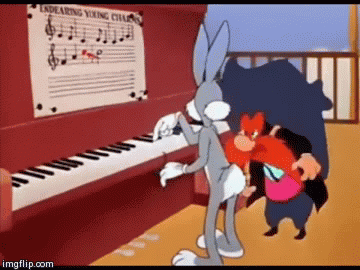

This code will result in the following text on screen: This is line 1 of the popup message.

This method can also be used with the ECHO command: ECHO This is line 1 of the popup message.ˆ This code will result in a message box similar to this one: Note the empty lines following the carets, these are required to make this trick work. Using carets for escape characters we can even make multi line messages in NT 4 and later: NET SEND %ComputerName% This is line 1 of the popup message.ˆ Use NetSet xx.bat to add this variable in Windows 98. The NET SEND command requires the Messenger service if this service is disabled, no messages will be displayed.īy default the %ComputerName% environment variable is not available in Windows 9x or the "real" MS-DOS versions.

#Make error message pro
Though the NET command is still available in Windows Vista and later versions, its SEND option is discontinued.įor Pro versions of Windows XP, Vista, 7 and 8, use the MSG command instead. In Windows NT 4, 2000 and XP: NET SEND %ComputerName% This is a popup message. NET SEND (discontinued since Windows Vista)īy far the easiest solution using native commands is NET SEND. Sometimes, however, we would rather have a popup message that sits there waiting for confirmation by the user. We use ECHO to display a message text, and PAUSE or SET /P to wait for confirmation. Most messages in batch files consist of plain text in the command prompt.
#Make error message how to
User Output How to Generate Popup Messages in Batch Files

MyDialogForm ErrorDialog //add a data member of type MyDialogForm. #include "MyDialogForm.h" //include the header for your dialog form. Then, MainForm.h might look like this: //. If you include this header from the MainForm.h and add the cpp to the build of your main application, you should be able to, for example, make a data member of MainForm of type MyDialogForm (you might have to go and add this data member directly by editing MainForm.h, unless your GUI tool has a feature to add it through its form editor). Again, as before, when you design this form, the GUI tool will generate a header and cpp for this form to work. Now, what you can do is design another form for your dialog with some message label on it and some caption or whatever else you want. Then, the header might look something like this (the actual class and function names might differ in your GUI tool): //. Say I add a button to it and define an event that is triggered from clicking the button. Say I design a form that I call "MainForm", then the GUI tool (MFC or Qt or whatever) will generate a header and a cpp file that declares and implements this MainForm class. place buttons and menus and stuff on the form), it will generate a class with the name you gave to the form that you created. That is for most straight Win32 API calls, like MessageBox and many others of the like.įor the second solution you just posted. First, the header for the MessageBox is just the "windows.h" header.


 0 kommentar(er)
0 kommentar(er)
